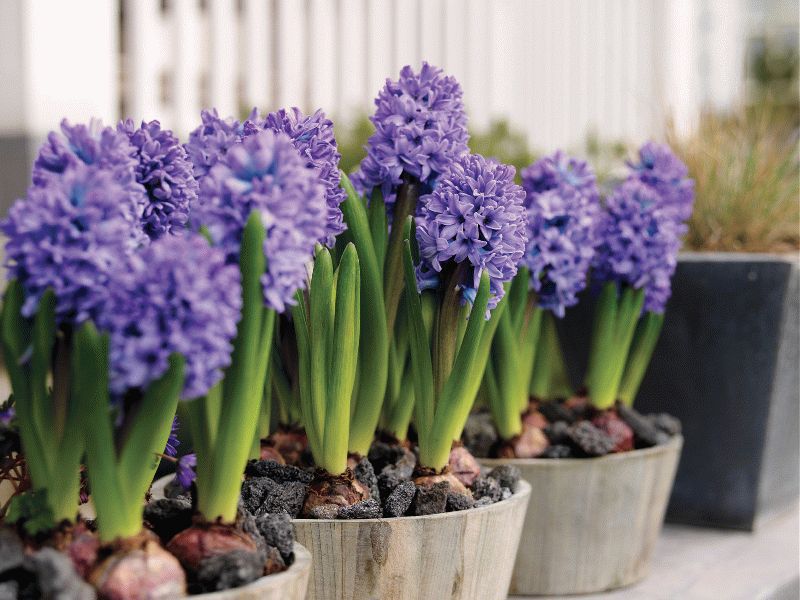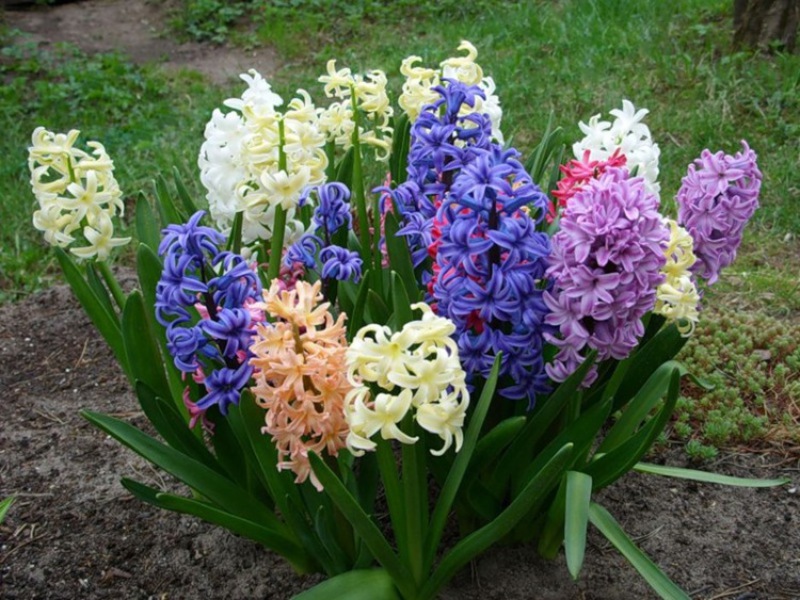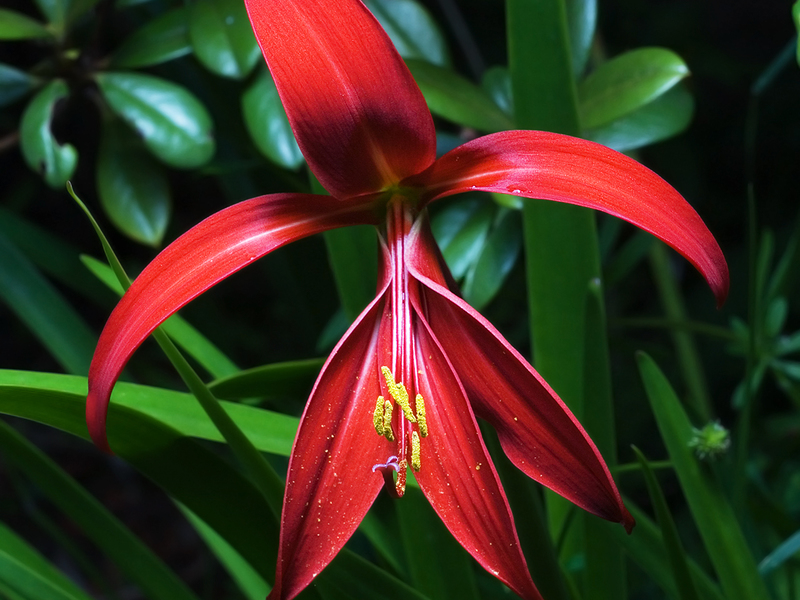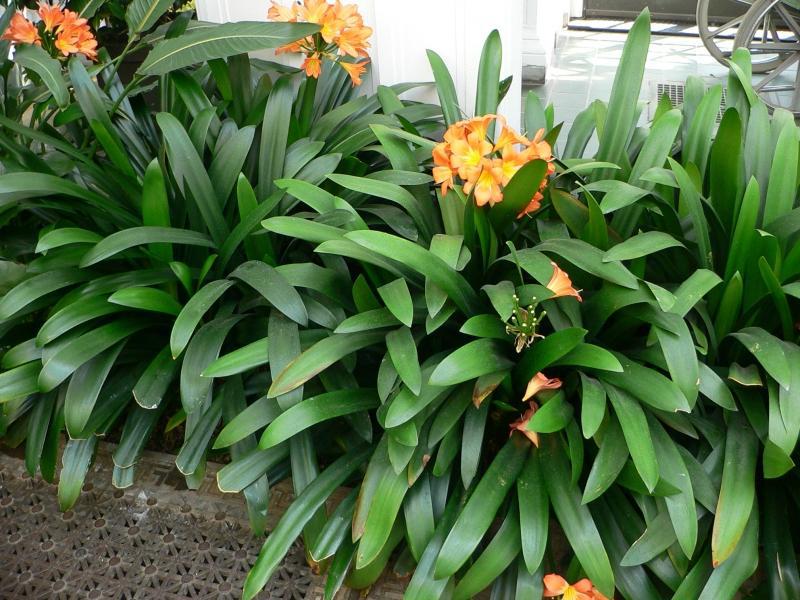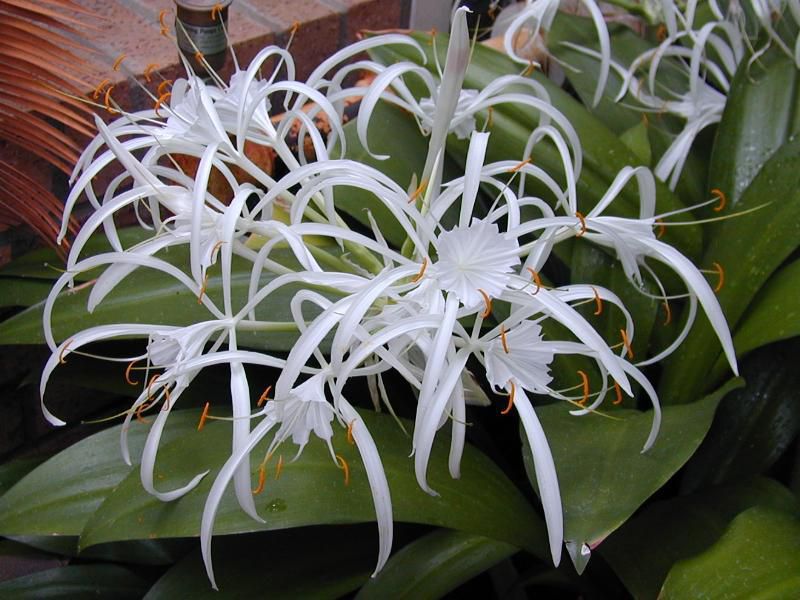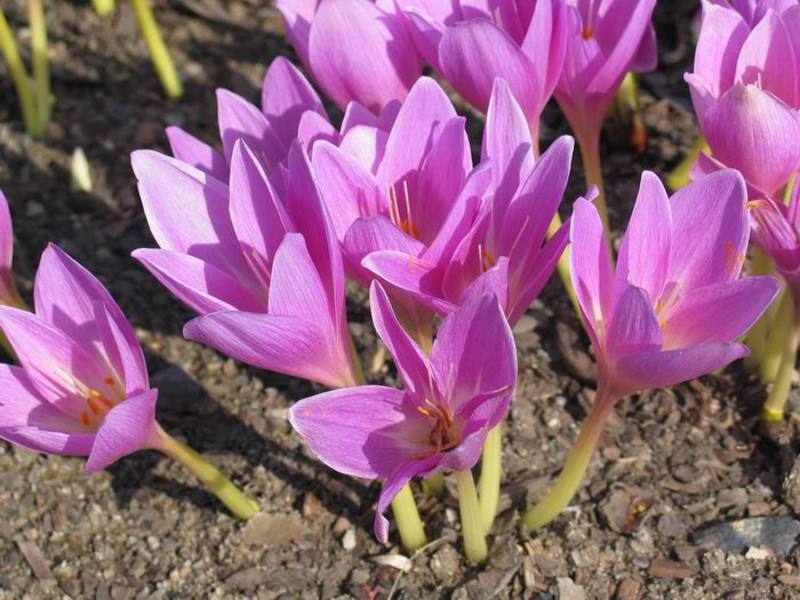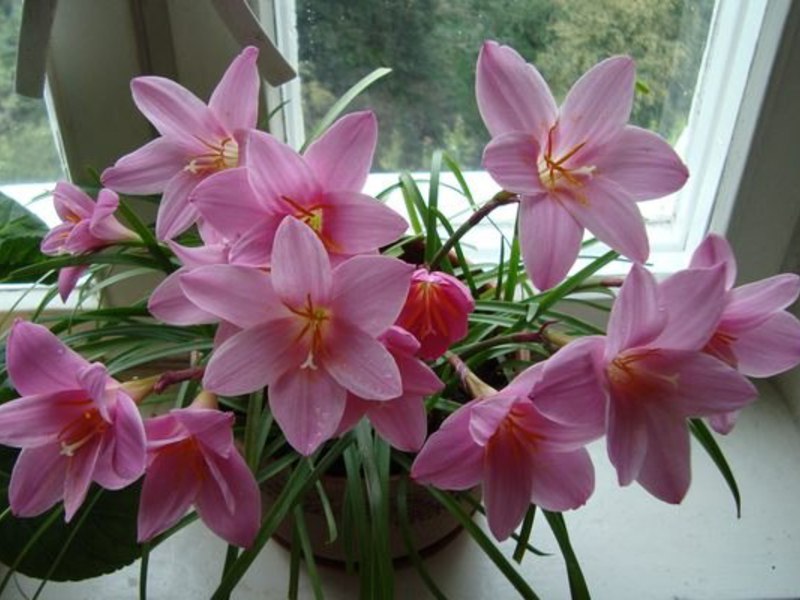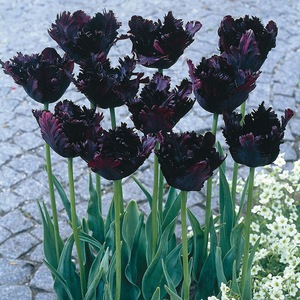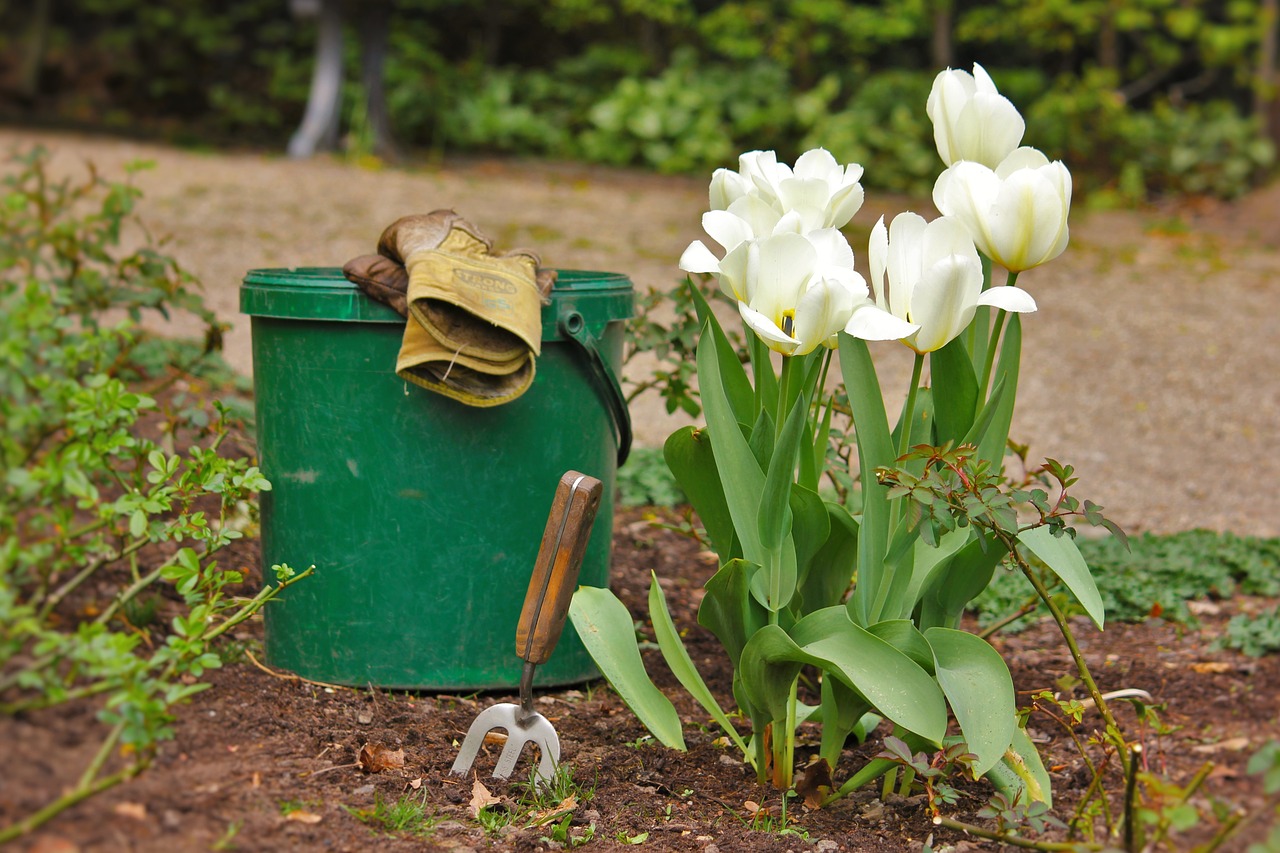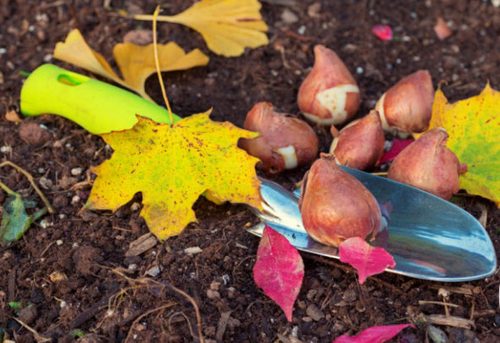All spring bulbous flowers are ephemeroids - "one-day species". These are flowers with a minimum growing season. In spring, they begin to bloom simultaneously, later they form leaves, which soon turn yellow, seeds are formed, the whole part above the ground dies. The rest of the flower's life continues in the bulb in the underground part.
This cycle of life is attributed to the origin of flowers, as many of them come from countries where there is heavy rainfall in spring and very hot summers. However, spring bulbous flowers can grow well in temperate climates, some may not even be dug out before frost.
Content
Bulbous flowers. Photos, types and names
Snowdrop
One of the first to bloom is a snowdrop, its shoots grow literally from under the snow. Snowdrop flowers can withstand temperatures as low as -10C. Snowdrop belongs to the Amaryllidaceae group. The family consists of 17 varieties. About 250 different hybrids are known.
Growing
These flowers are quite simple to grow, but at the same time they cannot be called unpretentious, since they are very demanding on growing conditions: they love sunny areas, but they also grow well in partial shade. Flowers tolerate temperature differences, thaw and frost cycles. Grow well on moist and loose nutritious soil after adding humus or manure. Hilly, dry and areas where there is stagnant water, these flowers cannot stand.
White flower
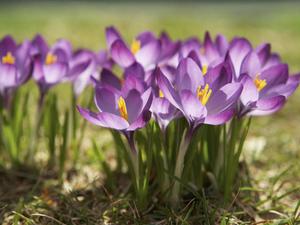 These garden bulbous plants are similar to the snowdrop, but bloom a little later. The white flower has larger inflorescences with 6 petals of the same size. The leaves of the plant are wider. In addition, it blooms for a longer time, in contrast to the snowdrop.
These garden bulbous plants are similar to the snowdrop, but bloom a little later. The white flower has larger inflorescences with 6 petals of the same size. The leaves of the plant are wider. In addition, it blooms for a longer time, in contrast to the snowdrop.
White flower is a variety of Amaryllis. The family has 10 varieties. White flower up to 50 cm high with linear foliage, drooping widely bell-shaped flowers of white color with yellow or green blotches near the top of the petals. Leaves are formed simultaneously with flowers, die at the beginning of summer. Egg-shaped bulbs, 4-6 cm high and 3-5 cm wide, have brown scales. Several types of white flowers are grown:
- summer (begins to bloom from mid-May);
- spring (begins flowering in early April).
Growing
Grows best in partial shade, but can also be grown in full sun. An ideal place for a white flower near garden ponds or natural reservoirs. The soil for it needs moistened and drained, enriched with humus. During planting, it is necessary to add gravel or sand to the ground.
Crocuses
Very attractive garden bulbous flowers, they have large inflorescences of a variety of colors. Crocuses are a group of Iris, there are about 80 varieties of crocuses. As a rule, flowering crocuses are grown in the spring, but there are also blooming in autumn. The inflorescences are funnel-shaped, up to 6 cm in size, up to 3 buds are obtained from the corm, the plant rises 5-7 cm above the ground. Leaves up to 8 cm in size are formed during flowering.These plants start blooming in late April and last for about a month. Many hybrids with flowers of various shades have been created on the basis of crocus.
Growing
Crocuses are not afraid of spring frosts, but they germinate better in brightly lit, warm places. Crocuses need a neutral soil; light loams are ideal. They do not tolerate strong moisture.
Plants are propagated by daughter corms formed from the buds. In various species, 1-9 daughter corms are formed annually. Babies begin to bloom after three years. Crocuses can be grown from seeds. They are sown immediately after collection in cups. Seedlings appear the next season and begin flowering after five years.
Proleska
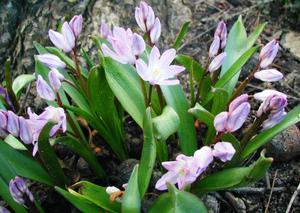 These plants bloom a month after the white flowers and snowdrops. Their rich blue flowers, located in a racemose inflorescence, are quite attractive. There are species with red, pink, blue inflorescences. The height of the forest is 11-25 cm.
These plants bloom a month after the white flowers and snowdrops. Their rich blue flowers, located in a racemose inflorescence, are quite attractive. There are species with red, pink, blue inflorescences. The height of the forest is 11-25 cm.
The bulbs are oval, up to 1.6 cm in size with a black sheath. Flowers are formed along with leaves. The family includes about 70 varieties, most often the Siberian grove is grown, its most popular types are as follows:
- "Atrocaerulea" - with blue flowers;
- Grace Lofhouse - purple;
- "Alba" - with pure whites.
Pushkinia
This flower looks like a spit, but at the same time it has not strong and not lying inflorescences. The buds are pale blue. The family includes only 2 varieties of Pushkinia:
- scrub-like (blooms from April);
- hyacinthous (blooms in May).
Iridodictium
Almost together with crocuses and snowdrops, iridodictiums begin to bloom. Their inflorescences with a diameter of 6-8 cm resemble bright butterflies: blue, bluish, purple interspersed in the form of white, green and red spots and various shading. Leaves are formed after the flower appears. The bulbs are 4-5 cm in size and 1.6-2.7 cm in width have a mesh shell. Iridodictiums are of the class Iridaceae. The family has 12 varieties, which are usually grown from netted iris.
Chionodox
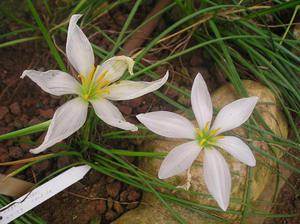 The flower differs in that it can be grown on a lawn at home, covering it soft blue carpet... Begins flowering after snowdrops. Chionodoxa inflorescences tend upward. Leaves are formed along with flowers. The family includes 7 varieties. The most popular variety of Lucilia. This variety is distinguished by large bulbs and a dark shade of dense inflorescences of 12-14 flowers.
The flower differs in that it can be grown on a lawn at home, covering it soft blue carpet... Begins flowering after snowdrops. Chionodoxa inflorescences tend upward. Leaves are formed along with flowers. The family includes 7 varieties. The most popular variety of Lucilia. This variety is distinguished by large bulbs and a dark shade of dense inflorescences of 12-14 flowers.
Growing
The above-described spring bulbous varieties have the same requirements for soil and light, almost the same methods of propagation and sowing. They grow in lighted areas and in partial shade. They feel great in rose gardens. Requires fertile and drained soil.
Daffodils
These flowers can be seen in any home garden. Why are they so popular? Probably because of the simplicity of cultivation - only new hybrids require more careful care. The bulbs of this plant must be dug up and dried only once every 5 years, while they bloom stably every year and reproduce well. In addition, the bulbs of daffodils are poisonous, rodents bypass them.
Narcissus is a variety of Amaryllis. The class has approximately 50 varieties. Garden flowers at home appeared when different varieties were hybridized. Daffodils are perennial bulbous flowers with linear foliage and single inflorescences, often with a pronounced aroma.
The flower has 7 petals with a crown in the middle, usually of a contrasting color. Exist over 30 thousand types of nartisses. All spring garden species of daffodil are divided into 14 varieties. Of the most unpretentious species that grow well even at home on loamy soil, Duth Master can be distinguished.
Tulips
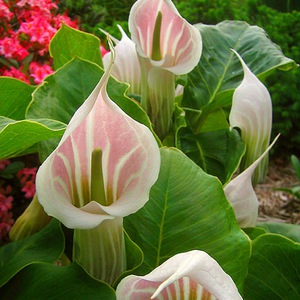 These are perhaps the most common bulbous plants. The Netherlands sells over 2 billion bulbs for export every year.
These are perhaps the most common bulbous plants. The Netherlands sells over 2 billion bulbs for export every year.
Tulips are grown both on open ground and in greenhouses, so they can be found all year round. There are more than 15 thousand species that differ in color, size, germination time and shape. Among this variety, it is easy to choose varieties that bloom from May to July. Tulip height is in the range of 15-150 cm, color - from pure white to almost black (there are no only blue tulips).
Tulips are a class of Liliaceae, with a group of approximately 150 varieties. Initially, the origin of tulips is Asia, here the summers are quite hot and the winters are frosty. Because almost everything types of tulips endure winters in our climatic conditions. By the way, tulips do not live in tropical countries, as they need to lower the temperature to produce growth hormone.
Growing
The bulbs should be planted in a brightly lit area that is sheltered from the wind. It is great if there is a slight slope for the drainage of excess water.
Tulips require moderately moist, loose, fertile soil with neutral soil. If the bulbs are grown on acidic soil, underdeveloped plants appear. In heavy soil, it is necessary to dilute manure, peat, sand.
Tulips on sandy soil suffer from a lack of water, in this case add organic matter and a little clay... Places with high groundwater levels are not suitable for growing tulips. Tulips can be returned to their original place no earlier than five years; they should not be planted after the rest of the bulbous ones, which have common pests with the tulip, and also after the Solanaceous varieties.
Hyacinths
These flowers are not only attractive, but also have an unsurpassed smell and are excellent for distillation. Plants begin to take off from April. The diameter of the flowers is 16-35 cm, the buds can be loose or dense, pure white, green, orange, blue and other shades. Perennial bulb, 5-7 cm long, can bear fruit up to 15 years.
Growing
These plants are more thermophilic than daffodils. They are planted in sunny, windless areas. It's great if the flower garden is at an elevation of 14-25 cm. A plot with a low slope is also well suited. The soil must be permeable; peat or sand must be added to the clay soil.
Muscari
The plants, which are small, barrel-shaped flowers, bloom in April, have a pleasant musk scent. Muscari are characterized by long flowering time, frost resistance and unpretentiousness. This flower can be grown at home under the leaves of fruit trees, since the depth of planting of the bulbs is small - 5-7 cm.The family belongs to the group of Hyacinths and has about 70 varieties... The height of the bush is 12-35 cm, the bulbs are up to 4 cm in size and up to 3 cm wide.
Poultry
The most beautiful African plant varieties, in our conditions they are planted in greenhouses. Western species look much more modest, but they winter well in open land and are characterized by unpretentiousness. These plants are a group of Hyacinths, there are 140 varieties of varieties, about 15. The height of the poultry farms is 35-140 cm. Belt-like leaves are formed before flowers. Inflorescences are white or with a slightly yellow tinge, collected in racemose inflorescences.
Pests and diseases
Garden bulbous flowers are strong and hardy and, subject to agricultural technology, plants practically do not get sick. Basic Rules:
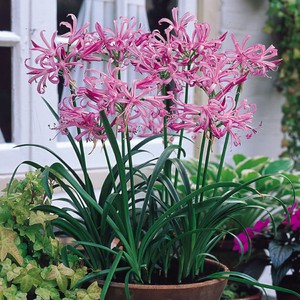 plant no earlier than a few years after adding fresh manure;
plant no earlier than a few years after adding fresh manure;- do not plant bulbs in wet areas and heavy soil without preliminary treatment;
- dig up hyacinth and tulip bulbs every year;
- do not use nitrogen in large quantities;
- remove diseased bushes at the same time as the roots;
- when planting, reject deformed bulbs;
- periodically remove weeds;
- do not make a strong thickening of the landings.
Bacterial and fungal diseases
The biggest harm bulbous bring the following diseases:
- typhulosis;
- gray rot;
- rhizoctonia;
- fusarium;
- sclerotinosis.
They infect crocuses, daffodils, tulips.
Viral diseases
These diseases create discoloration and deformation of the plant. The most dangerous disease is variegation, it affects tulips. The virus passes with the sap of diseased flowers, and various insects carry it. Signs of the disease: rot, plaque of spores on the plant, spots. For the prevention of various diseases of the bulb, before planting, you need treat with mixtures of copper-containing preparations or incubated for a quarter of an hour in hot water (54-60C).
So, as you can see, the choice of garden spring bulbous flowers is a rather difficult task, since a very large variety of varieties and hybrids is offered for gardeners. We described the flowers and showed a photo in the review, which included the most common bulbous flowers for the garden.
